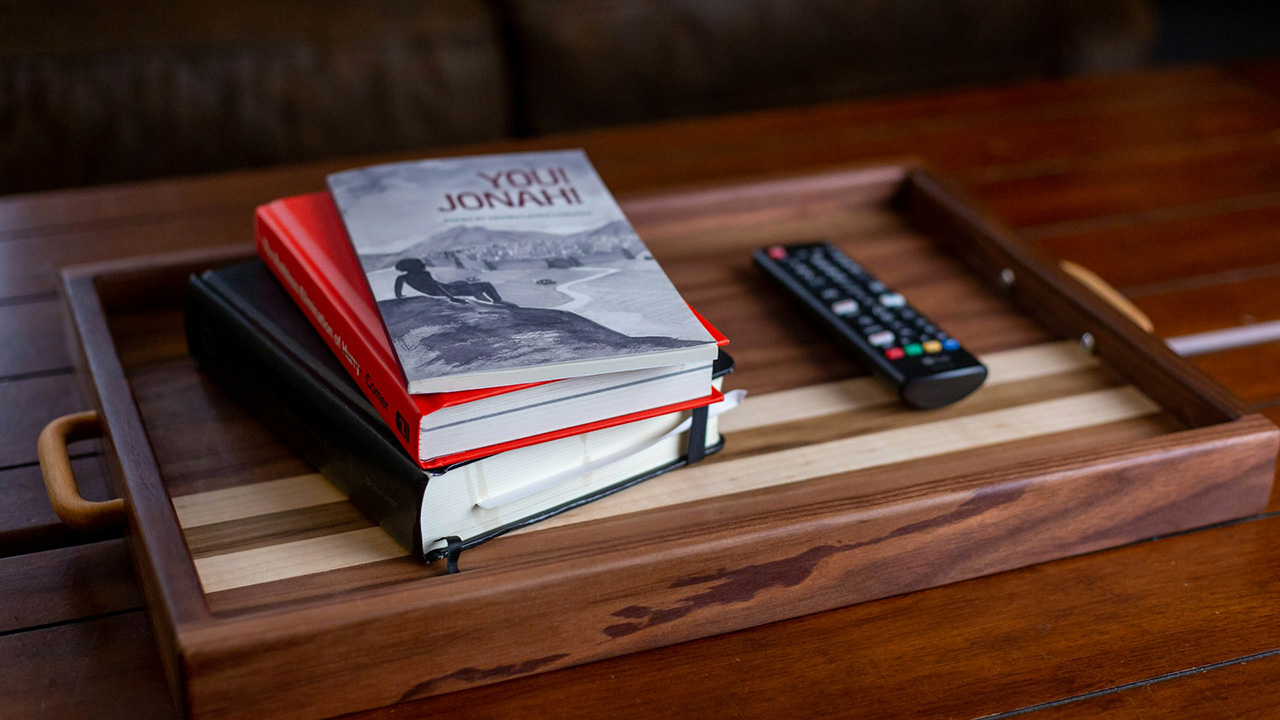The smart way to blend kids’ stuff into a grown-up house
Kid gear multiplies. If you don’t corral it, your house starts feeling like a daycare with better throw pillows. The fix isn’t hiding your life; it’s giving kid things real lanes so they can live in shared rooms without taking over. Containers, color rules, and reset habits do most of the heavy lifting.
You can keep your home calm and still let childhood be loud. Here’s how.
Give every shared room one container with a lid
One lidded basket per space—living room, bedroom, porch—holds the day’s toys. The lid matters because it hides visual noise and buys you adult-looking minutes when you want them. Label the inside of the lid with what belongs there so the reset is obvious even to helpers.
When the basket fills, something goes back to the kid’s room. That keeps the sprawl in check.
Set a house palette and shop kid gear inside it
You don’t have to make everything beige. Choose a few colors for the house and look for kid items that don’t fight—wood, white, clear plastic, primary colors used intentionally. When blocks, hooks, and blankets live in the same color family, the room reads cohesive even with toys out.
If a bright favorite breaks the rule, it still belongs—just store it in the labeled basket, not on open shelves.
Style adult surfaces that are off-limits

Claim the coffee table tray and one bookshelf bay for adult things: a plant, a bowl, a book you’re actually reading. When kids see defined adult zones, they learn where toys do and don’t land. You’re teaching the house, not nagging.
Use words like “this spot stays ready for guests” and point to the basket that’s theirs.
Create mobile play that cleans up fast
A rolling cart for art, a handled bin for blocks, a shallow under-sofa tray for puzzles—these move to the action and disappear without a scavenger hunt. Open shelves invite dumping. Mobile containers invite focused play and quick resets.
Keep messy sets (play-dough, paint) on a high shelf and bring them down to a wipeable surface by request.
Make the entry a traffic controller
Hooks at kid height, one shoe bin per child, a basket for hats and gloves, and a “library bag” hook. The entry is where chaos either stops or begins. When the path in is clear, the living room stays calmer because backpacks and water bottles have a home.
Label with icons if your kids don’t read yet. It works faster than names.
Rotate and retire to protect your sanity
Kids play more with less. Keep half the toys in a closet and swap weekly. Watch what never gets chosen and donate it. Rotate books, too—front-face a few on a low shelf and put the rest away. It turns old into new without buying anything.
Make rotation day a mini event. It resets the whole week.
Designate adult-only hours for shared rooms

After bedtime or for one hour in the afternoon, the living room is an adult space. That small boundary gives you back a bit of your home and motivates the reset. Turn on a lamp, light a candle, and sit in the quiet. That’s the win.
Kids learn fast when the routine is consistent and short.
Buy fewer, better “leave out” toys
Wood blocks, magnet tiles, a small train set, and simple art supplies look fine on a shelf and invite open-ended play. Big plastic sets with 400 pieces kill a room and a mood. Keep those for bedrooms or closets with doors. Shared spaces deserve toys that age well.
When grandparents ask, share a list that fits your storage plan.
Blending kids’ stuff into a grown-up house comes down to lanes, lids, and habits. One container per room, a friendly color story, mobile play kits, and a nightly reset keep your home yours while childhood stays right in the middle of it—all of you happy in the same rooms.
Like Fix It Homestead’s content? Be sure to follow us.
Here’s more from us:
8 upgrades that look like you spent thousands (but didn’t)
9 small changes that instantly make a house feel high-end
*This article was developed with AI-powered tools and has been carefully reviewed by our editors.







